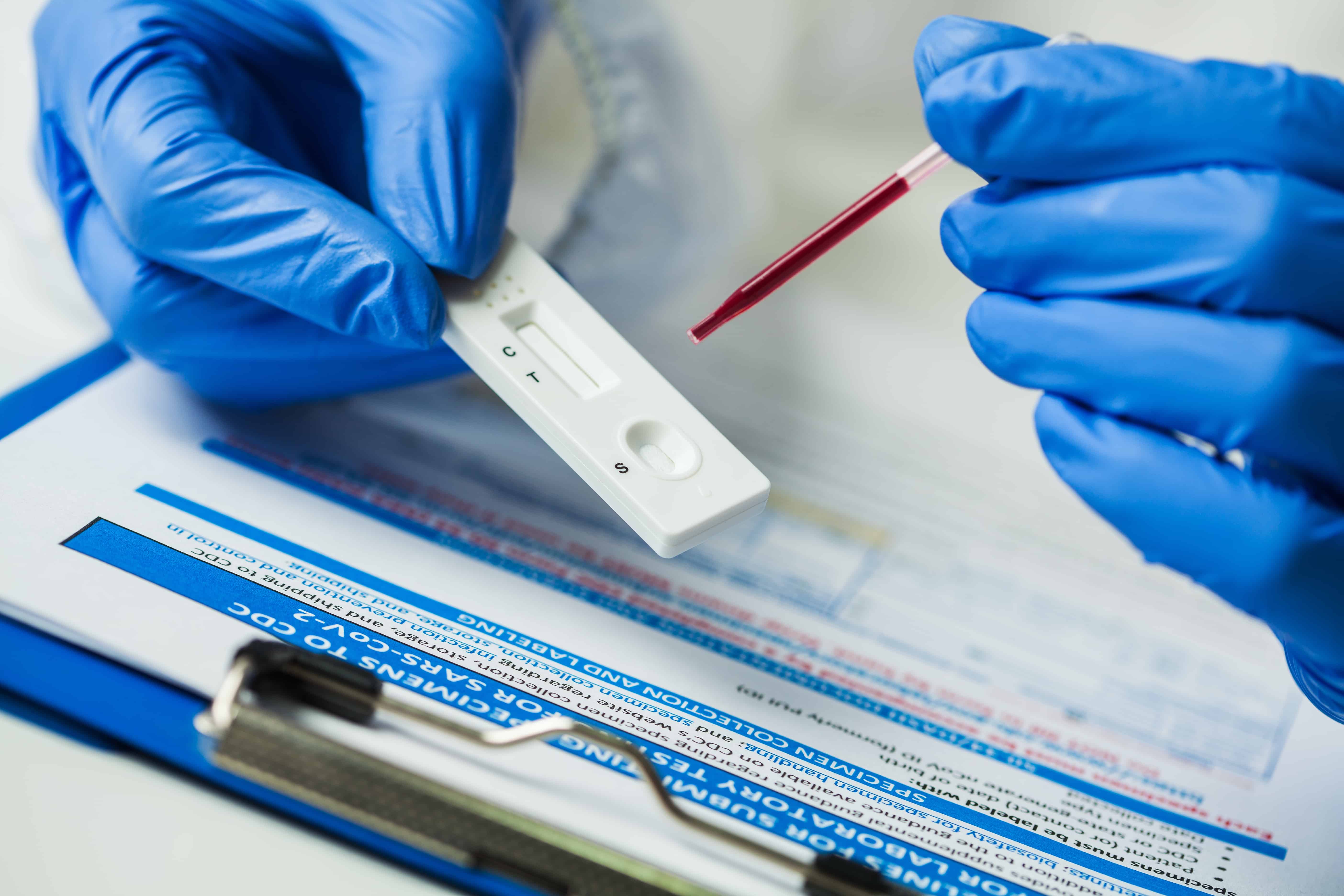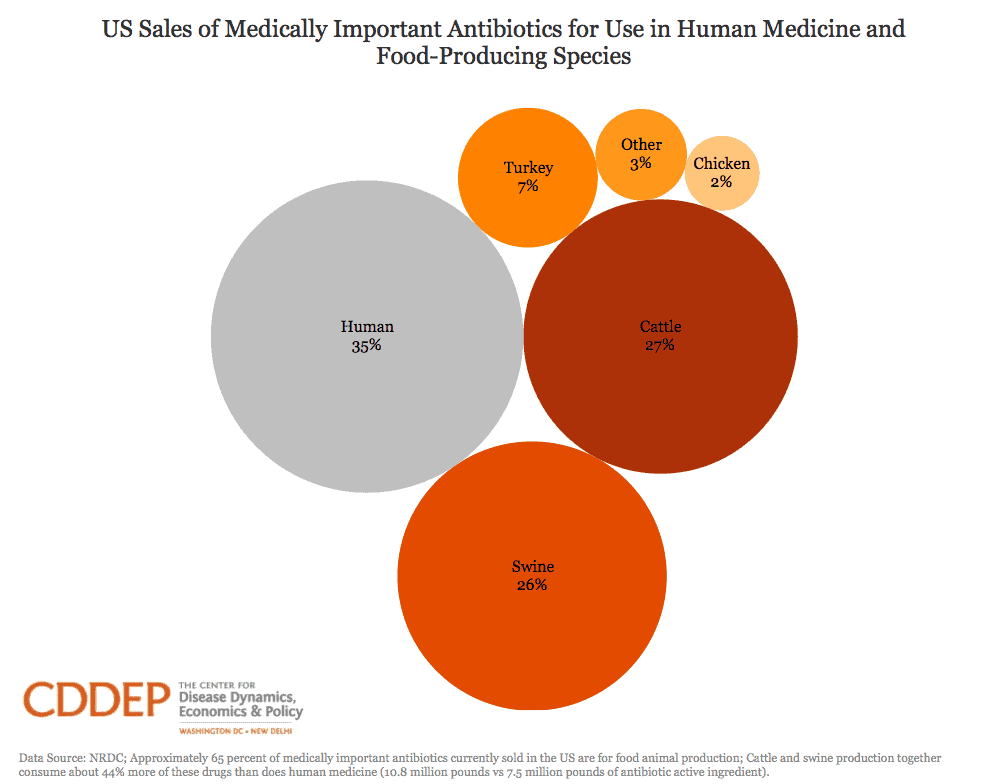June 29, 2020

COVID-19
Novel coronavirus antibodies decline quickly following recovery. An analysis of COVID-19 patients in the Wanzhou District of China demonstrated that SARS-CoV-2 antibodies declined in over 90 percent of patients, two to three months following infection. The study found that levels of IgG and neutralizing antibodies declined a median of 8.3 percent among asymptomatic patients and 11.7 percent among symptomatic patients, 8 weeks following release from the hospital. Findings question if contracting COVID-19 provides long-term immunity against the virus. [Nature Medicine]
Face masks prevent droplet transmission, but lack complete protection. In a simulation study, researchers found that face masks significantly reduce airborne droplet transmission, although not comprehensively when an individual coughs. The study found that with a filter efficiency of approximately 91 percent, face masks prevent droplet transmission and partially protect the wearer from droplets expelled by others nearby. However, even with a mask as a barrier, some particles can travel over 1.2 meters, which emphasizes the importance of social distancing during the COVID-19 pandemic. [Physics of Fluids]
Wastewater analysis detects trends in COVID-19. A group of researchers utilized a wastewater treatment facility in Massachusetts to measure trends in SARS-C0V-2, which surged between mid-March and mid-April, followed by a decline. The pre-print article found that increases in viral titers of the novel coronavirus were detected in wastewater 4 to 10 days earlier than in clinical data, suggesting that wastewater analysis is an effective method for measuring disease transmission and viral shedding dynamics. [MedRxiv]
Over 80% of COVID-19 cases in the US may go undetected. Researchers analyzed influenza-like illness (ILI) surveillance data to estimate the true burden of the COVID-19 pandemic and found that 80 percent of novel coronavirus cases in the US have likely gone undetected. Non-influenza ILI surged in March 2020 compared to seasonal averages, correlating with COVID-19 case counts. The study found that assuming one-third of cases sought care, over 8.7 million COVID-19 cases occurred in the US during a three week period in March. [Science Translational Medicine]
Approximately 14% of New York’s population had COVID-19 by late March. The results of a seroprevalence survey including 15,101 individuals across 26 counties in New York State suggest that 2.1 million New Yorkers (14 percent of the population) had been infected with the novel coronavirus through late March. The cumulative incidence of positive SARS-CoV-2 antibody tests was highest in New York City (22.7 percent) and significantly higher among Hispanic/Latino, black, and Asian populations compared to white (p<0.0001). Researchers estimated that only 8.9 percent of these infections were diagnosed, suggesting the continued importance of comprehensive testing and contact tracing. [Annals of Epidemiology]
Heart problems in severe COVID-19 patients likely result of underlying conditions, not virus. In an analysis of 700 COVID-19 patients in Philadelphia, Pennsylvania, researchers concluded that the increased risk of heart problems among those admitted to the intensive care unit is likely a result of patients’ underlying conditions, rather than a direct result of the novel coronavirus alone. The study found that COVID-19 patients admitted to the ICU were 10 times more likely to have a heart arrhythmia compared to those not as critically ill, and cardiac arrests were significantly associated with acute in-hospital death. Upon admission, COVID-19 patients in the ICU had lower levels of oxygen and higher indicators of heart damage, heart failure, blood clots, tissue damage, and inflammation compared to patients not admitted to the ICU. Authors note that interventions focused on blood clot prevention and heart rhythm management are essential among severe COVID-19 patients with underlying conditions. [HeartRhythm, CIDRAP]
Drug Resistance and Global Health
Two-thirds of medically important antibiotics sold in the US are used for livestock production. A blog by individuals at the Natural Resources Defense Council (NRDC) and CDDEP notes that approximately 65 percent of medically important antibiotic sales in the United States is used for livestock production. Alarmingly, 44 percent more of these antibiotics are used for cattle and swine production (10.8 million pounds) than for human medicine (7.5 million pounds), which fuels the spread of antibiotic resistance. Authors emphasize the need for reporting of medically-important antibiotic use and resistance among livestock- nationally and at the farm level. [NRDC, CDDEP]

Antibiotic prescribing rates exceed WHO recommendations in LMICs. In a systematic review and meta-analysis including 48 studies, researchers estimated that antibiotic prescribing is common across primary care settings in low- and middle-income countries (LMICs) (pooled prevalence: 52 percent), and rates exceed World Health Organization (WHO) recommendations (30 percent). Only nine studies assessed inappropriate antibiotic prescribing, which ranged from 8 to 100 percent, and 16 studies listed types of antibiotics used; of which, 60 percent had low resistance potential. Authors suggest that countries integrate WHO recommendations into their national antibiotic guidelines. [PLOS Medicine]
Azithromycin linked to increased risk of death compared to amoxicillin among US outpatients. In a retrospective study including nearly 8 million antibiotic exposures in US outpatient settings between 1998 and 2014, researchers found that the use of the antibiotic azithromycin was significantly associated with an increased risk of cardiovascular death, non-cardiovascular death, and all-cause mortality within five days of exposure compared to amoxicillin (hazard ratio: 1.82, 2.17, 2.00, respectively). Authors note that although causality cannot be established in this study, clinicians should be cognizant of the potentially harmful effects of azithromycin. [JAMA Network Open]
Novel strain of resistant meningococcus emerges in US. A new CDC report details the emergence of a beta-lactamase-producing Neisseria meningitidis strain in the US, resistant to penicillin and ciprofloxacin. A total of 33 penicillin-resistant N. meningitidis isolates were reported between 2013 and 2020 across 12 states, 11 of which occurred between 2019 and 2020 and contained the blaROB-1 β-lactamase gene as well as additional mutations associated with ciprofloxacin resistance. Authors note that susceptibility testing should be employed prior to prescribing penicillin or ampicillin for bacterial meningitis. [CDC MMWR]











